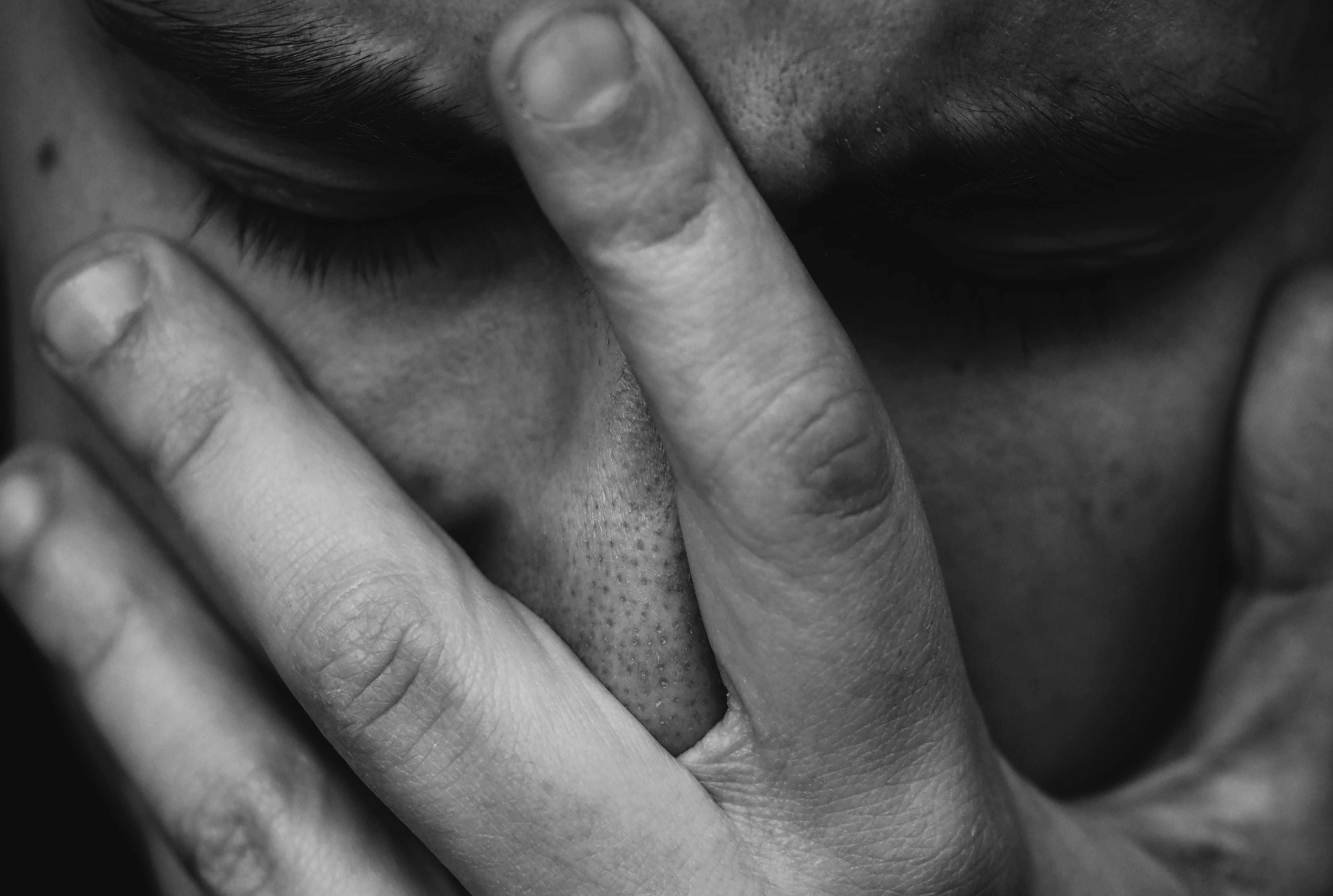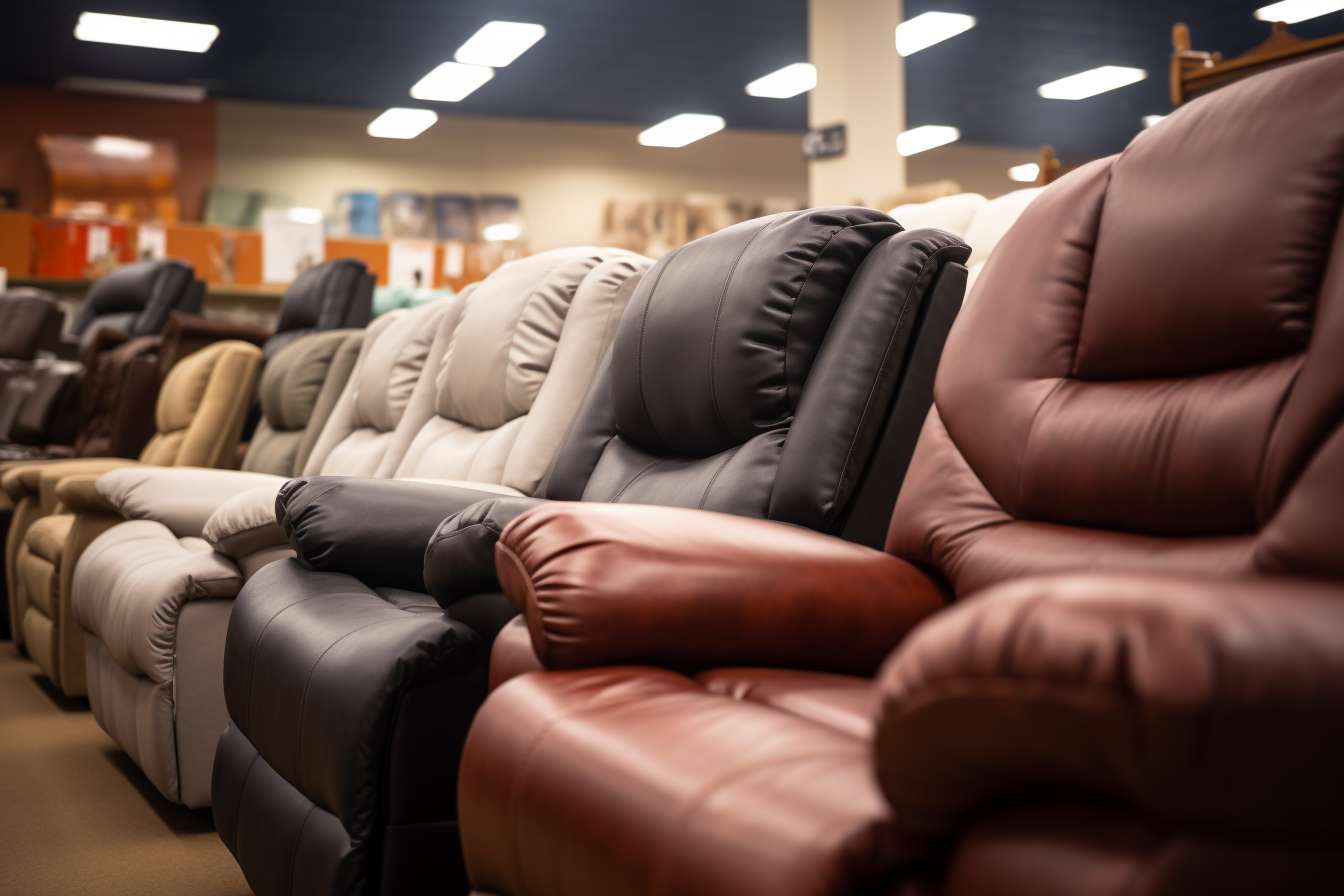Decoding the Health Benefits of Expressive Arts Therapy
Does the sound of a mellow flute, the sight of a vibrant painting, or the rhythm of an expressive dance make you feel a sense of calm? If so, you're not alone. Our human bodies are wired to respond to the arts, making them an effective tool for healing. This article explores the burgeoning field of Expressive Arts Therapy, a holistic wellness approach that taps into the innate power of the arts for healing - both emotionally and physically.

The Genesis of Expressive Arts Therapy
The use of arts for healing can be traced back to ancient cultures worldwide. From the Egyptian’s use of hymns in healing rituals to Native American’s use of dance and painting in therapeutic contexts, art has always been a potent tool for healing. However, it was only in the 20th century that the field of Expressive Arts Therapy was formally established. This field combines psychology and the creative process to promote emotional growth and healing.
The Science Behind Expressive Arts Therapy
Expressive Arts Therapy offers a unique and holistic approach towards healing. It combines various forms of art such as music, dance, painting, and writing to help individuals express and understand emotions they may not be able to put into words. It can be particularly beneficial for those who have experienced trauma or are dealing with mental health issues.
Scientific research has shown that art-related activities can stimulate the release of dopamine, a feel-good chemical in the brain. This can create feelings of happiness and relaxation. Moreover, expressing oneself through art can help reduce levels of the stress hormone cortisol, leading to improved mental health.
The Practical Application of Expressive Arts Therapy
Expressive arts therapy is not about being a great artist but about finding a medium through which one can express their emotions. In a typical session, a therapist might ask a client to draw a picture, create a dance, or write a poem related to their feelings or emotional state. The therapist then helps the client interpret the underlying messages in their art, leading to insights about their emotional state and strategies for healing.
The Challenges and Critiques
While expressive arts therapy has been found effective in numerous studies, it is not without its critics. Some argue that the impact of art therapy is subjective and varies widely from person to person. Critics also point out that while art therapy may be beneficial, it should not replace traditional methods of treatment, but rather serve as a complementary approach.
Unleashing the Potential of Art in Wellness
-
Artistic engagement can help reduce stress and promote relaxation.
-
Expressive arts therapy can provide a non-verbal outlet for emotions.
-
Engaging in a creative process can stimulate the production of endorphins, boosting mood.
-
Artistic expression can improve self-esteem and provide a sense of accomplishment.
In Conclusion
Expressive arts therapy provides a unique and holistic approach to wellness, offering individuals a platform to express emotions and experiences that may be difficult to articulate in words. While more research is needed, current findings highlight the potential of the arts in promoting mental health and overall wellness. By blending creativity and psychology, expressive arts therapy can offer a powerful tool for healing and self-discovery. Embrace the beauty of art and let it guide you towards a healthier, happier life.




